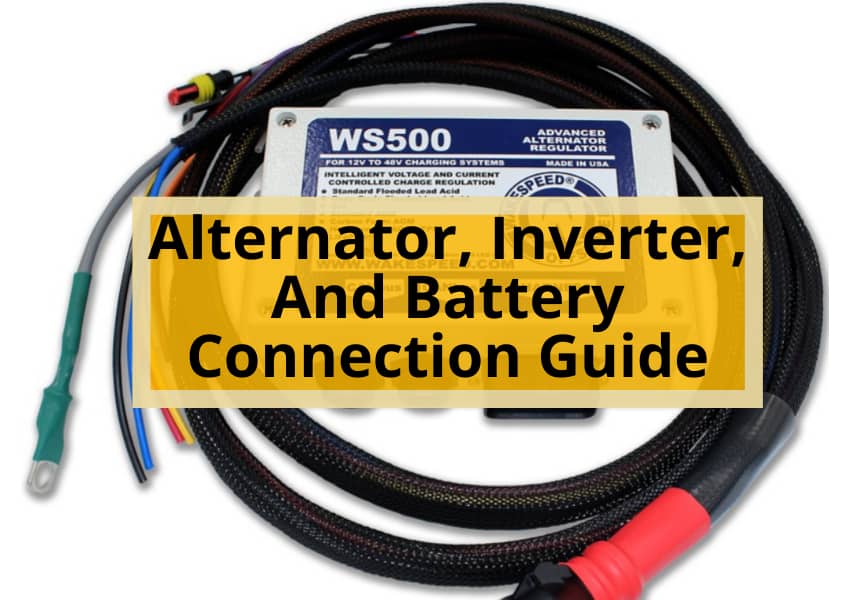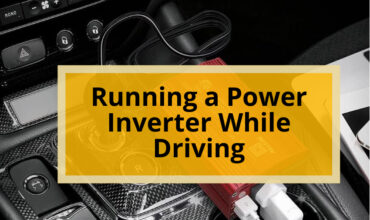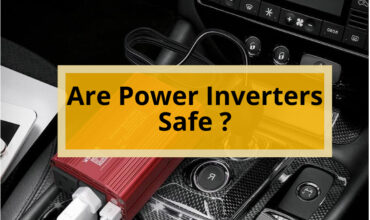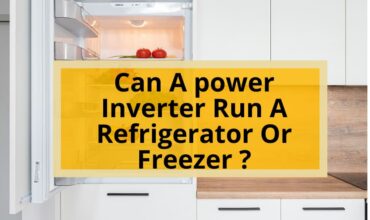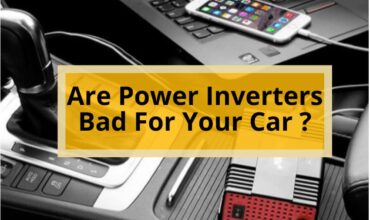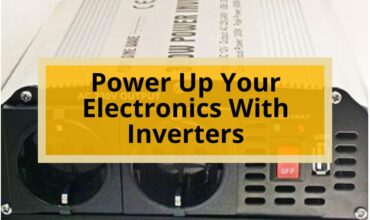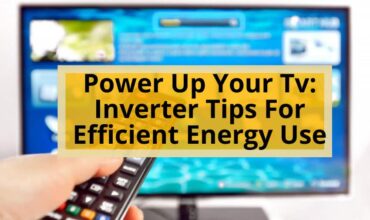In the quest for optimal power supply, the proper connection of the alternator, inverter, and battery is of paramount importance. However, achieving this harmony requires a careful understanding of the components involved and their interplay.
On one hand, connecting the inverter directly to the alternator may seem like a convenient solution, but it can compromise both safety and efficiency. On the other hand, connecting the inverter to a battery bank offers superior performance.
This guide aims to navigate through the intricacies of power supply optimization, emphasizing the significance of proper system design and sizing. Safety considerations are also crucial, as running the alternator at maximum power for extended periods can lead to its untimely demise.
By adhering to these guidelines, one can ensure a robust and reliable power supply system. Moreover, alternative options such as portable solar generators offer additional charging possibilities.
Join us as we delve into the world of power supply optimization, where every connection counts.
Optimizing Power Supply
Optimizing power supply involves considering the proper sizing of the inverter, battery, and alternator to ensure efficient and safe operation. By properly sizing these components, you can maximize the performance and lifespan of your power system.
When connecting an inverter to an alternator, it is important to connect it to a battery bank rather than directly to the alternator. This allows for better performance and prevents potential damage to the alternator.
Additionally, it is recommended to connect the alternator to house batteries instead of the starter battery to prevent draining the car batteries.
Properly sizing the battery bank, inverter, and wiring is crucial to handle the expected current draws.
By following these guidelines, you can optimize your power supply system and ensure reliable power for your appliances and devices.
also read : Power Up Your Rv Battery: Essential Tips For Charging With A Generator
Connection Options
To ensure a safe and efficient setup, it is important to consider various connection options when integrating an alternator, inverter, and battery into a power system.
One option is to connect the inverter directly to the alternator, but this is not recommended. It is advisable to connect the inverter to a battery bank instead. This connection allows for better performance and prevents potential damage to the alternator.
Additionally, the alternator should be appropriately sized to meet the power demands of the system, considering factors such as power consumption, battery size, and power drawn by onboard accessories.
It is also important to properly size the battery bank, inverter, and wiring to handle the expected current draws.
By carefully considering these connection options, a safe and efficient power system can be achieved.
Proper System Design
A key aspect of ensuring a safe and efficient power system is the proper design and configuration of the components involved. When connecting an alternator, inverter, and battery, it is crucial to consider several factors.
Firstly, the alternator and battery should be appropriately sized to meet the power demands of the appliances. This involves considering the power consumption, battery size, and power drawn by onboard accessories.
Secondly, the inverter should be connected to a battery bank rather than directly to the alternator. This connection allows for better performance and prevents potential damage to the alternator.
Additionally, the cables used to connect the components should be appropriately sized to handle the expected current draws.
By carefully designing and configuring the power system, users can optimize the performance, safety, and efficiency of their alternator, inverter, and battery connection.
Sizing and Capacity
Sizing and capacity considerations play a crucial role in the design and configuration of an alternator, inverter, and battery system. Properly sizing these components ensures optimal performance, safety, and efficiency. Here are three key factors to consider:
- Power Consumption: Determine the total power consumption of the appliances or devices that will be connected to the inverter. This will help determine the capacity of the inverter and the battery bank needed to support the load.
- Battery Size: The size of the battery bank should be sufficient to store enough energy to meet the desired runtime of the appliances. Consider factors such as desired backup power duration and the rate of discharge to determine the appropriate battery size.
- Alternator Output: The alternator should be sized to meet the power demands of the system. Consider the capacity and current output of the alternator to ensure it can supply enough power to charge the battery bank and run the appliances simultaneously.
By carefully considering the sizing and capacity requirements, individuals can optimize their power supply system, ensuring it meets their power needs while maintaining efficiency and reliability.
Safety Considerations
Safety precautions should be carefully considered when connecting a power inverter to an alternator, such as ensuring proper sizing of components and preventing potential damage to the alternator, but what are some other important safety considerations?
Here are some additional safety considerations when connecting a power inverter to an alternator:
| Safety Considerations | Recommendations |
|---|---|
| Proper Wiring | Use appropriately sized cables to handle expected current draws and prevent overheating. Ensure secure connections to minimize the risk of electrical faults. |
| Battery Placement | Connect the inverter to house batteries instead of the starter battery. This helps to prevent draining the car batteries, ensuring that the vehicle can start reliably. |
| Engine Running | Keep the car engine running while using the inverter to maintain a steady charge from the alternator and prevent power interruptions. |
| Voltage Regulation | Use an inverter with built-in voltage regulation to protect appliances from voltage spikes or drops, which can cause damage. |
By following these safety considerations, users can optimize the power supply system, minimize the risk of damage, and ensure a safe and reliable operation.
Frequently Asked Questions
Can a power inverter be connected directly to the alternator without a battery bank?
Connecting a power inverter directly to the alternator without a battery bank is not recommended. It is necessary to connect the inverter to a battery bank for better performance, safety, and to avoid potential damage to the alternator.
Is it possible to use a power inverter with a portable solar generator instead of connecting it to an alternator?
Yes, it is possible to use a power inverter with a portable solar generator instead of connecting it to an alternator. This provides multiple charging options and eliminates the need for a direct connection to the alternator.
How can I determine the appropriate size of the battery bank, inverter, and wiring for my power supply system?
Determining the appropriate size of the battery bank, inverter, and wiring for a power supply system involves considering factors such as power consumption, battery size, and the power drawn by onboard accessories. Proper sizing is crucial to avoid damage and ensure efficient operation.
Can a car alternator power a higher wattage inverter than 2,000 watts?
No, a car alternator cannot power a higher wattage inverter than 2,000 watts. It is important to ensure that the alternator can supply enough power at idle and that the system is properly sized to avoid damage.
What are the potential risks or consequences of running the alternator at maximum power for extended periods of time?
Running the alternator at maximum power for extended periods can lead to overheating and damage to the alternator. This can result in decreased performance, reduced lifespan, and potential failure of the alternator.
